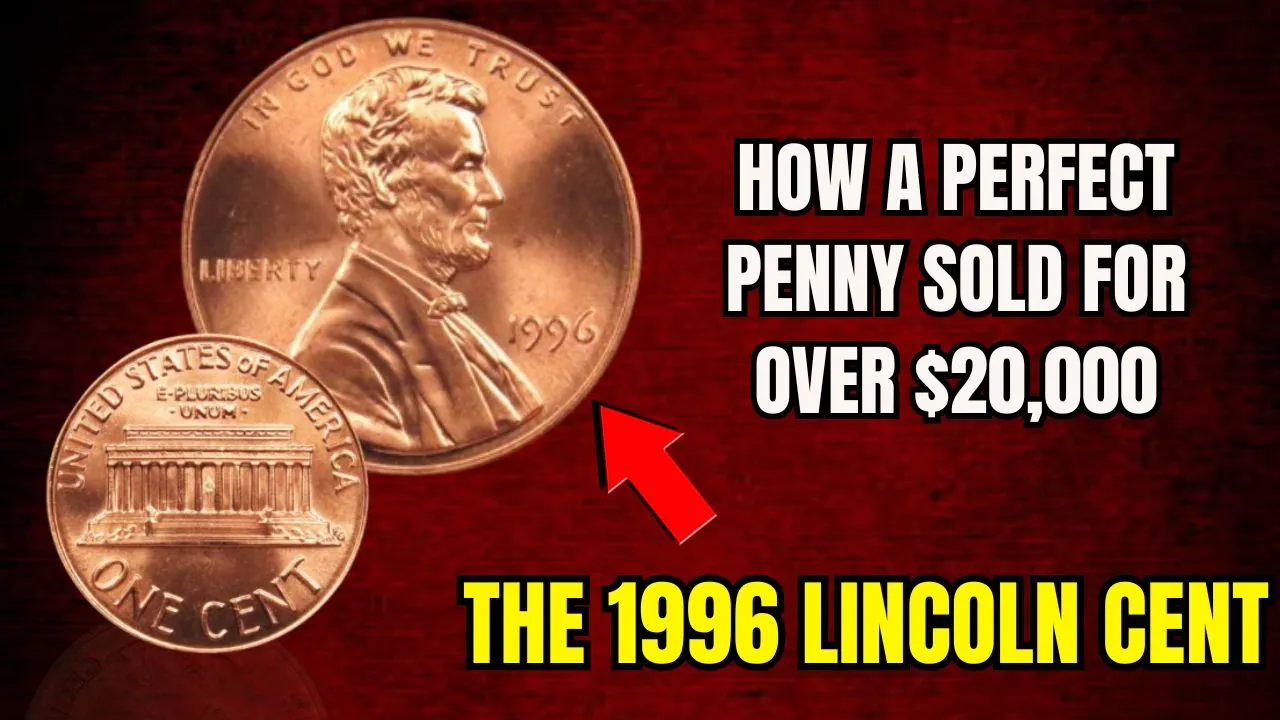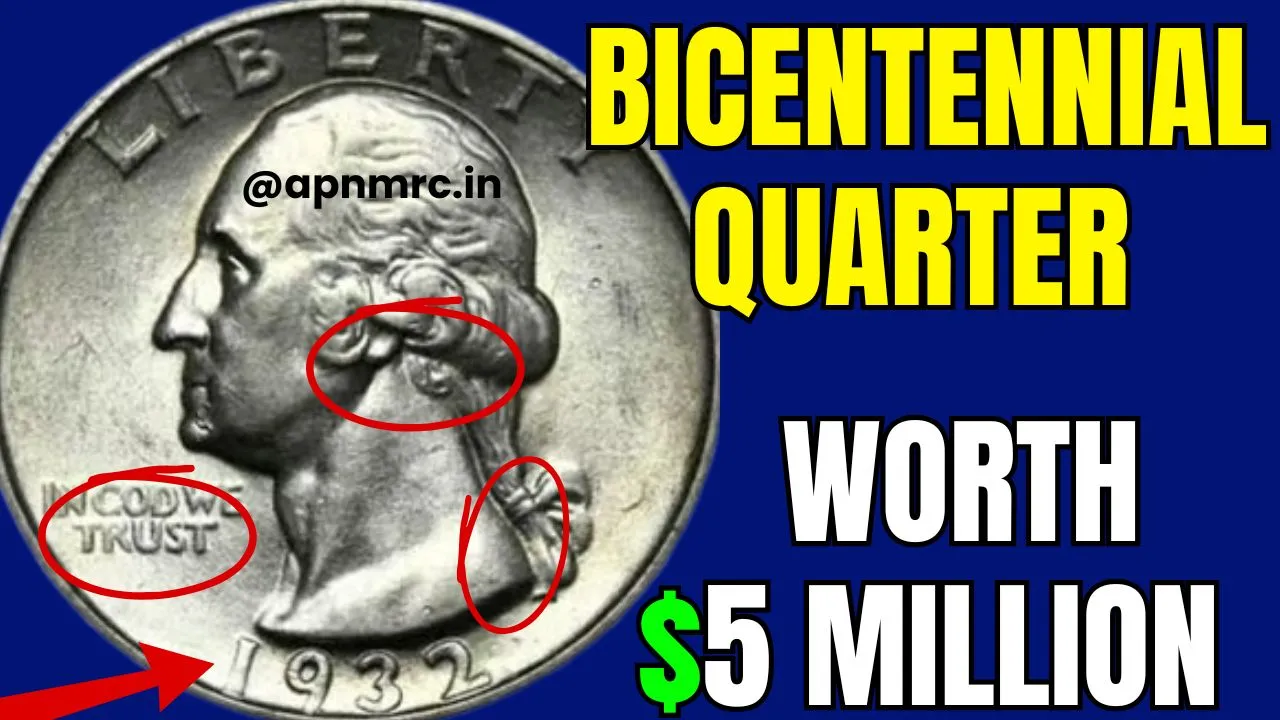The $1M 1909-S VDB Penny: The 1909-S VDB penny is more than just an old coin; it’s a piece of history that has captured the hearts of collectors worldwide. Known as the “Holy Grail” of Lincoln cents, this elusive penny has become a symbol of rarity and value, fetching prices as high as $1 million at auctions. But what sets this penny apart from others, and why has it gained such legendary status?
This article dives deep into the origins of the 1909-S VDB penny, the controversy surrounding its design, and the rare errors that have made it a prized possession. Whether you’re a seasoned numismatist or a curious enthusiast, the story of this iconic penny is sure to fascinate you.
Overview of the 1909-S VDB Penny
| Feature | Details |
| Year of Issue | 1909 |
| Designer | Victor David Brenner |
| Mintage | 484,000 coins |
| Mint | San Francisco |
| Defining Features | “VDB” initials on the reverse, under wheat stalks |
| Key Error | Double Die Obverse (DDO) causing inscriptions to appear doubled |
| Top Auction Value | $1 million for coins in top condition |
A Penny Born Out of Celebration
The 1909-S VDB penny was created to commemorate the 100th anniversary of Abraham Lincoln’s birth, making it the first coin to feature the portrait of an American president. Designed by renowned sculptor Victor David Brenner, the penny was a significant departure from previous designs, with its bold profile of Lincoln on the obverse and wheat stalks on the reverse.
At the bottom of the reverse side were the initials “VDB,” standing for Brenner’s full name. While a tribute to the designer, these initials soon became a point of contention, as critics felt they were too prominent. Public backlash prompted the U.S. Mint to remove the initials shortly after production began. This decision left a small number of 1909-S VDB pennies in circulation, instantly making them a rarity.
The Rare Error That Amplified Its Value
Rarity alone makes the 1909-S VDB penny a sought-after collectible, but an error discovered in some of these coins has elevated its status further. A minting mistake known as the Double Die Obverse (DDO) causes certain inscriptions, like “LIBERTY” or “IN GOD WE TRUST,” to appear doubled or shadowed. This phenomenon occurred due to a misalignment during the minting process, creating a striking visual effect.
Coins with this error are exceptionally rare and highly coveted. The combination of a low mintage, historical significance, and this unique anomaly has turned the 1909-S VDB penny into a million-dollar treasure for collectors.
Why Is the 1909-S VDB Penny So Valuable?
Several key factors contribute to the extraordinary value of the 1909-S VDB penny:
1. Limited Mintage
Only 484,000 of these coins were produced at the San Francisco Mint, a staggeringly low number compared to other Lincoln cents. As time passed, many of these pennies were lost or damaged, further decreasing their availability.
2. Historical and Cultural Significance
The 1909 penny was the first U.S. coin to feature a president, marking a pivotal moment in numismatic history. It’s not just a penny—it’s a tribute to Abraham Lincoln’s enduring legacy.
3. Errors and Variants
The Double Die Obverse error makes certain coins truly one of a kind. Even without the error, the presence of Brenner’s initials “VDB” sets this coin apart as a unique artifact.
4. Condition Matters
Coins in mint condition, particularly those graded MS-67 or higher by reputable agencies like PCGS or NGC, command top dollar. Their near-flawless appearance ensures they remain highly sought after.
How to Identify a 1909-S VDB Penny
Spotting a 1909-S VDB penny requires attention to detail. Here are the key features to look for:
- Mintmark: Look for the small “S” below the date on the obverse, indicating it was minted in San Francisco.
- Year: Ensure the coin is dated 1909.
- Reverse Side: Check for the “VDB” initials at the bottom center, just above the rim.
- Error Features: Examine the obverse for doubling effects on inscriptions like “LIBERTY.”
If you suspect you have one of these rare coins, consult a professional grader or numismatist to confirm its authenticity.
Hunting for the 1909-S VDB Penny
Finding a 1909-S VDB penny in circulation today is nearly impossible, but treasure hunters often scour the following places for this legendary coin:
- Coin Shows: Large conventions bring together dealers and collectors, offering a chance to view rare specimens.
- Estate Sales: Old family coin collections may contain hidden gems like this penny.
- Online Auctions: Platforms like Heritage Auctions or eBay often feature verified listings of rare coins.
While finding this coin might be a long shot, the thrill of the hunt is part of the appeal for many collectors.
FAQs About the 1909-S VDB Penny
1. Why are 1909-S VDB pennies so rare?
Their limited mintage and the early removal of the “VDB” initials make these pennies exceptionally rare.
2. What is the Double Die Obverse error?
It’s a minting error where certain inscriptions appear doubled due to a misaligned die during production.
3. How can I confirm my 1909-S VDB penny is authentic?
Have it evaluated by a professional grading service like PCGS or NGC to verify its authenticity and condition.
4. What’s the highest price ever paid for a 1909-S VDB penny?
Top-grade coins have fetched up to $1 million at auctions.
5. Can I still find a 1909-S VDB penny in circulation?
It’s highly unlikely, but old collections and estate sales might yield surprises.
Final Thoughts: The Penny That Defies Its Value
The 1909-S VDB penny is a masterpiece of numismatic history, embodying rarity, artistry, and the allure of the unknown. For collectors, owning this penny isn’t just about its monetary worth—it’s about holding a piece of history in their hands.
If this story has inspired you to start or expand your coin collection, dive into the world of numismatics with enthusiasm. You never know when you might stumble upon a treasure. Curious to learn more about rare coins? Explore our blog for fascinating stories, and don’t forget to share your thoughts in the comments!







